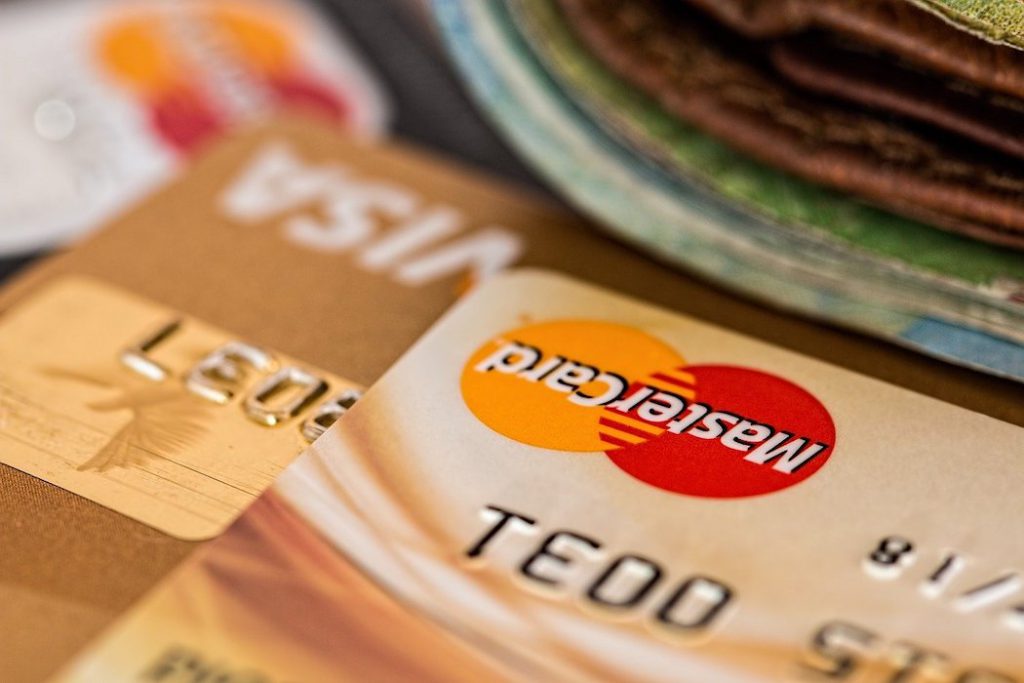How to Save for Those Big, Unexpected Expenses

Life is full of unexpected surprises. Some of these surprises are great and add joy or excitement to your life. Others, however, cause stress, frustration, and financial strain. There is good news, though. Those less exciting surprises don’t have to add unnecessary strain to your life and budget. There are ways to mitigate those unexpected expenses so you can have peace of mind.
The words “budget” or “save” aren’t always easy to hear, but both are important when trying to plan for possible future costs. Establishing a budget that includes saving a small amount of each paycheck or each month will help strengthen the habit.
There are also ways to save money on monthly costs like budget auto insurance. Redefining your budget and spending habits will set you up for success moving forward.
What are common, yet unexpected expenses?
The first step in any process is identification. What are the unexpected expenses in your life that should be planned for? Unexpected expenses are any expenses that aren’t frequently recurring like rent or mortgage payments. They are larger expenses that happen intermittently, but are still sure to happen.
Home Expenses
Home and property expenses are the first areas to look at. Homes and properties require maintenance, improvements, upkeep, pest control, and possible appliance repairs. The majority of these expenses will happen at some point, but the total cost is hard to determine.
It’s important to set aside even a small amount every month to accommodate these possible expenses. Being prepared financially to tackle these problems as they arise will give you peace of mind and ease stress when things do go wrong.
There are ways to bypass these costs as well. Some upkeep and repairs can be handled without professional help, meaning the cost will be significantly lower. There are DIY appliance repair options available and can be tried before spending more money unnecessarily.
Cars and Transportation
Another possible expense is car maintenance or repairs. Cars are used so frequently it’s important to continue the maintenance schedule and address any repairs as soon as they arise.
Consider the necessity of oil changes, tire replacements or repairs, and tag renewals. Oil changes and tag renewals are more frequent, but often cost more than any disposable income can handle at one time.
Health
There are unexpected expenses when it comes to your health as well. Illness comes to us all and requires doctor’s visits and possible medication. These costs are rarely budgeted for, but do happen nevertheless. Copay and prescription costs should be considered when identifying those unexpected expenses.
Seasonal
Other expenses occur during specific seasons and can pile up quickly. Some examples of those costs include lawn care, holiday travel, holiday gifts or costumes, and special outings. These costs often add unnecessary stress, both emotionally and financially. Identifying these costs and creating a plan to save for them will help offset that stress.
Miscellaneous Expenses
Some expenses fall outside these established categories. These expenses can include phone and computer repair/replacement, pet care, annual membership fees, and travel and gift expenses. Again, the total cost of these expenses is hard to determine, but it’s important to be prepared for the unexpected.
Make a Plan to Save
Compiling a list of all possible expenses may seem daunting and a little overwhelming, but this list will help you gain financial freedom. With a general idea and understanding of what may arise in the future, you can make a plan to save money while still having money left over to live and thrive.
Try following these simple steps and suggestions to create a budget and establish a habit of saving.
#1 — Identify Unexpected Expenses
The first step is identifying the unexpected expenses in your life. Examine the lists and examples above. Which expenses will likely happen in your current situation? Note those expenses and research an estimated cost.
#2 — Create Separate Savings Accounts
The next step is to establish separate savings accounts for the expenses you identified. Open a savings account for each category of expenses you identified: home, car, health, seasonal, and miscellaneous. This may seem unnecessary, but there are many reasons to have multiple savings accounts. These separate accounts allow you to see where your money is and how quickly you are approaching your various savings goals.
#3 — Consider Electronic Transfers
A final suggestion is to set up electronic transfers. These transfers will take a set amount of money from your checking account and move it to a predetermined savings account. This setup ensures that your savings account continues to grow and will help shorten your to-do list.
Find Budget Options
Budget options are everywhere. These options help cut recurring, monthly costs without losing the benefits and comforts many are accustomed to. The trick with budget options is to research and ask questions.
What does this budget option include, and how much will it cost? WIll the restrictions and limits of this option help or hinder my current lifestyle? Asking the right questions can open a number of budget options and save you money.
One example of budget options can be found in your auto insurance. Some people think budget auto insurance isn’t worth the time or effort. They think it offers a lower cost, but cuts back severely on the coverage.
That, however, is not the case. Budget auto insurance is a more targeted approach to car insurance. You are able to identify the coverage you truly need without having to pay more for unnecessary elements. Take the time to research and discuss your auto insurance options. Consider the budget options and see the money you can save.
Big, unexpected expenses are a fact of life, but they don’t have to be overwhelming burdens or roadblocks. In order to get ahead of and stay on top of these expenses, it’s important to create a game plan. Consider using a budgeting calculator to easily make a plan.
Identify any possible expenses, determine a savings goal, and set up the necessary savings accounts. Making these small changes will set you up for greater success and fewer unexpected surprises.
About the author: Laura Gunn is an auto insurance expert who researches and writes for the auto insurance comparison site, 4AutoInsuranceQuote.com. She is passionate about car owners finding savings without cutting coverage or peace of mind.





